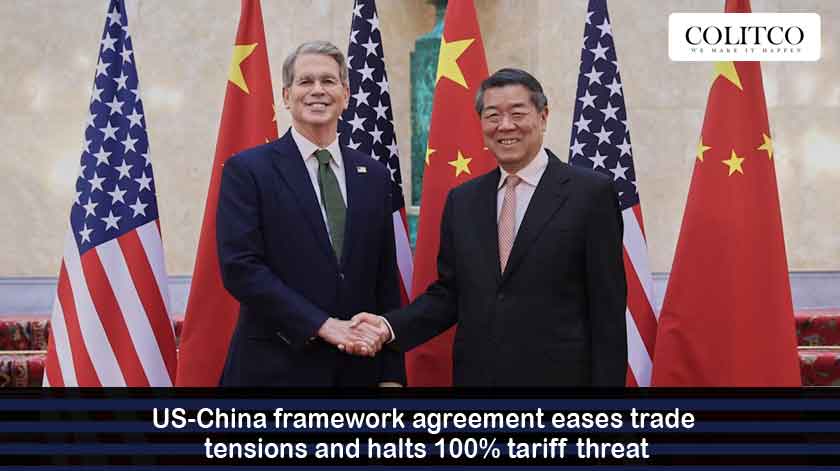Framework Deal Reached After Kuala Lumpur Talks
US and China have reached a breakthrough framework agreement after two days of tense negotiations in Kuala Lumpur on 26 October 2025, aiming to ease trade tensions and avert the looming 100% tariff threat.
US Treasury Secretary Scott Bessent affirmed that the agreement does not allow the US to put a 100 percent tariff on Chinese products, an option that had already been considered.
Chinese officials, in the meantime, promised to delay programmed export restrictions on rare-earth minerals, which had raised panic in the manufacturing and technology industries.
Agricultural and Technology Constituents Provided
In this context, China promised to resume large quantities of the American soybean purchases, which would serve to boost the demand of the US growers who had been hit by the trade interference.
Meanwhile, both countries agreed in principle to cooperate in reducing the supply of precursor chemicals related to the fentanyl epidemic, and the two countries agreed on the plans related to the disposal or reorganization of the US assets of the short-video application TikTok.
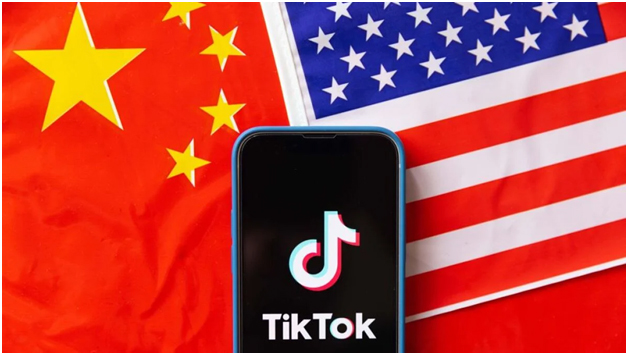
These factors are a reflection of a wider approach to the trade accord besides tariffs, which extends to the agricultural sector, technological aspects, and regulatory matters.
Effects on Tariff Threat and Export Controls
The US-China framework agreement specifically addresses the export-control issues. China accepted a suspension or reevaluation of its rare-earth metal export measures, which is a year-long offset to the US over its supply-chain vulnerability.
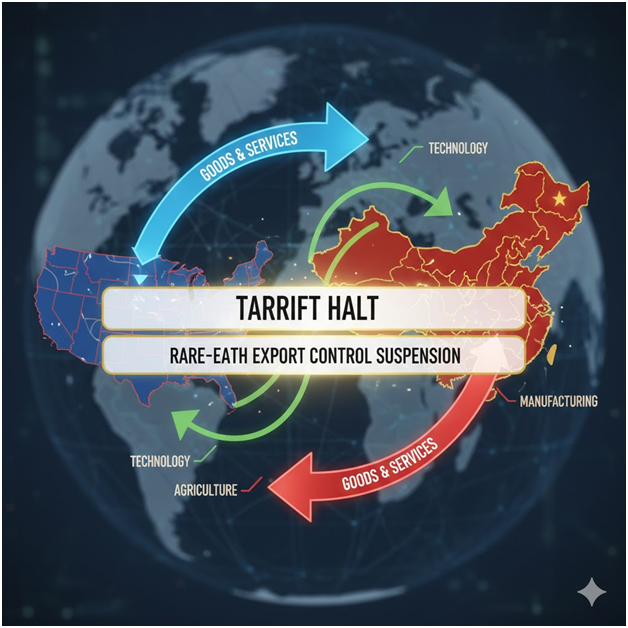
The U.S., in its turn, took off the immediate threat of implementing an increase of tariffs on Chinese imports to 100 percent. Bessent explained the outcome as a result of threats of tariffs, which offered good bargaining power.
Such mutual motion decreases the risk of an escalation in trade hostilities in the short run and preconditions a stronger platform for further discussions.
Leader Meeting and Formalisation Preparations
After the framework agreement, there is a focus on an impending summit between US President Donald Trump and Chinese leader Xi Jinping, which is set to be held in South Korea during the fringes of the Asia-Pacific Economic Cooperation meeting.
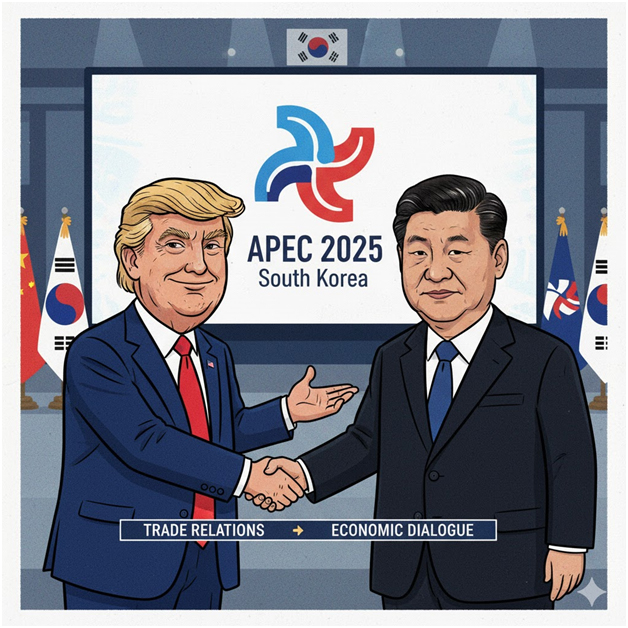
Presidents Trump and Xi are expected to formalize the framework during the APEC Summit in South Korea
The Kuala Lumpur talks were said by US negotiators to be preparatory in nature, and the heads of state would formalize the depth of the same. They added that there are still other domestic approval processes that are pending to bind the agreement.
The state media of China focused on the necessity to defend jointly gained gains of the negotiations before the summit.
Reactions and Observations in the Market
There was conditional optimism in the US-China framework agreement in the global markets. Chinese shares registered an increase, and the wider Asia-Pacific indexes improved, which was an indication of less imminent trade risk.
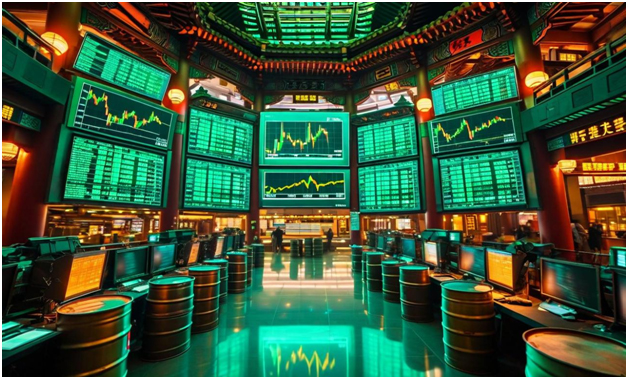
Analysts observed that this is a good move towards the framework deal, although several fundamental issues between the two economies have not been sorted out.
Although the agreement eliminates a significant menace of tariffs, other issues like intellectual property rights, state-subsidized sectors, and trade in technology will be resolved in subsequent talks.
Issues of strategy and trade to be traded
Although there has been an improvement, the U.S.-China framework agreement does not address critical concerns. Basic concerns over the long-run industrial rivalry still persist between the two countries.
The issue of shipping costs, port fees, and wider supply chain security was debated in Kuala Lumpur, but any new rounds of negotiation would have to be followed up with a firm agreement.
The two parties showed that they wanted to resolve the differences based on consultations and not unilateral escalation. This would provide a firmer ground on which the future trade engagement can be conducted.
Also Read: Netwealth Breaks Silence with Government Aid Request After Members Lose $101 Million
Final Thoughts
The U.S.-China framework agreement is a significant departure in the bilateral trade relationship between the United States and China. It eliminates the direct danger of 100 percent taxes and prepares the steps to the stabilization of business communication.
The framework sets the stage to continue negotiating and dealing at the leader level, though several underlying concerns still exist. The development has the potential to defuse short-term uncertainty in markets and open the door to more complex trade discussions in the future.
FAQs
- What is the US-China framework agreement?
The US-China framework agreement is a trade understanding reached in October 2025 to prevent new tariffs and stabilise economic relations between the two nations. - When was the US-China framework agreement reached?It was finalised on 26 October 2025 after two days of negotiations between US and Chinese trade officials in Kuala Lumpur, Malaysia.
- What are the main elements of the US-China framework agreement?
The agreement includes tariff suspension, resumption of US soybean exports, cooperation on fentanyl control, and discussions on technology regulation. - Who represented the United States and China in the framework talks?
The US delegation was led by Treasury Secretary Scott Bessent, while China was represented by senior trade and finance officials from Beijing. - How does the US-China framework agreement affect tariffs?
The deal removes the immediate threat of a 100% US tariff on Chinese goods and delays China’s planned rare-earth export restrictions. - What role did the Kuala Lumpur talks play in the agreement?
The Kuala Lumpur meeting served as the setting for final discussions that shaped the framework and prepared the agenda for the upcoming Trump-Xi summit. - How did financial markets react to the US- China framework agreement?
Global markets rose following the announcement, with Asian equities and commodity prices gaining on improved investor confidence. - What does the agreement mean for global supply chains?
The framework reduces short-term trade uncertainty and helps stabilise supply chains dependent on technology components and raw materials from China. - What issues remain unresolved after the US-China framework agreement?
Key concerns such as intellectual-property protection, state subsidies, and technology transfer policies will require further negotiation. - What are the next steps after the US- China framework agreement?
Both sides are preparing for a formal summit between US President Donald Trump and Chinese President Xi Jinping to finalise and implement the deal.

